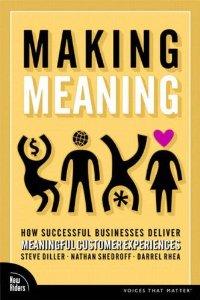Find and share the latest thinking and resources on leadership topics. From quick thought-provoking posts to recommended articles and books, you’ll find a treasure-trove of curated content.
Book Review | Solving Problems with Design Thinking: Ten Stories of What Works

By Jeanne Liedtka, Andrew King & Kevin Bennett
Head: (5 out of 5)
Heart: (4 out of 5)
Leadership Applicability: (5 out of 5)
Design thinking is a creative problem solving method, which emphasizes the importance of discovery before solution using user-driven, empathetic market research approaches and real-world experiments. This method expands the boundaries of problem definition and solution generation, making it a novel approach for organizations to use for solving business problems. However, outside of the design environment, where design thinking is the norm, most leaders need an understanding of how to apply it to problems that are not product-focused.
The ten stories featured in this book showcase how design thinking works to produce innovative solutions to challenges such as internal process redesign, deepening customer engagement and addressing social issues. As a blueprint, these stories illustrate processes and tools used. The authors build on the work of Jeanne Liedtka and Tim Ogilvie’s Designing for Growth, to offer a clear path for implementation.
Leaders interested in using more innovative methods to solve sticky business problems will want to read this book. Buy it now.
MORE
